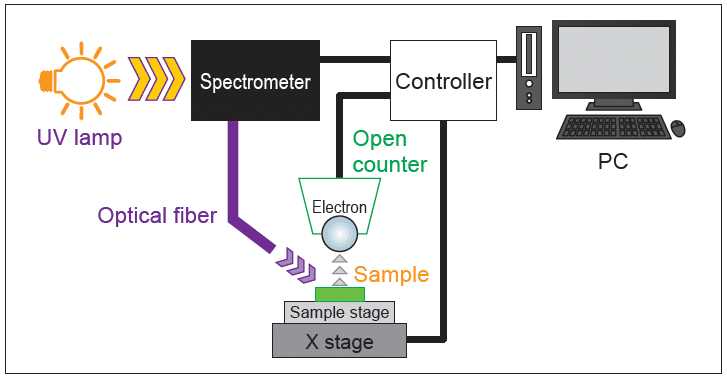Overview
The AC series is the “gentlest surface analyzer” that uses an ultra-sensitive electron sensor to count photoelectrons one by one in the air. The instrument irradiates the surface of a sample placed in the air with weak UV ray and extracts extremely small amounts of photoelectrons.
The measurement proceeds with minimal irritation to the sample surface. We can know the surface state of a material from the relationship between the UV energy and the number of photoelectrons. Now, let’s measure the true surface as it is in the atmosphere, without destroying the surface by X-rays or electron beam irradiation or by extracting a large number of electrons.
The AC Series is used widely in universities and research facilities around the world. Above 2,000 related articles have been published on scientific journals. Now we’ve added new features to meet the needs of researchers, for further ease-of-use refinements.
The AC-2S Series comprises three types:
AC-2S for general analysis
Basic model featuring reduced size and weight that retains the same all-round functionality. Offers improved ease of use with new multi-point measurement and repeated measurement functions.
AC-2S Pro α for materials development
Capable of high sensitivity, high resolution measurements for low work function materials and localized levels within band gaps. Also capable of high-temperature and film thickness measurement.
AC-2S Pro β for device development
Capable of micro spot work function measurements—for example, for microscopic pattern processed locations. Also capable of high-temperature and film thickness measurement.





